-
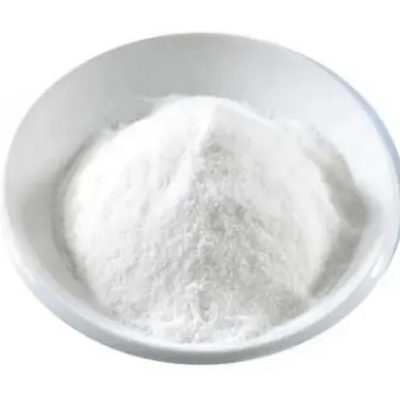
MT2 CAS:121062-08-6
Melanotan II is a synthetic peptide designed to stimulate melanin production in the skin, leading to a darker complexion. Commonly used as a tanning agent, Melanotan II has gained popularity due to its potential to induce a natural-looking tan without extensive sun exposure. This product is often utilized by individuals seeking to achieve a bronzed appearance while minimizing the risk of UV radiation.
-
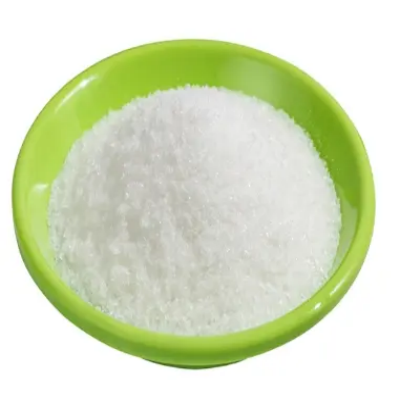
GHK-Cu(2:1) CAS:49557-75-7
GHK-Cu(2:1) is commonly utilized in skincare products such as serums, creams, and masks, designed to address signs of aging, promote skin health, and improve overall complexion. When incorporating products containing GHK-Cu(2:1) into your skincare routine, follow these general usage guidelines:
-
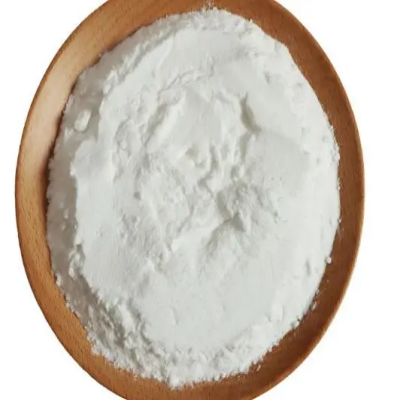
Acetyl Tetrapeptide-15 CAS:928007-64-1
Acetyl Tetrapeptide-15 is a peptide complex commonly used in skincare formulations due to its potential to alleviate skin sensitivity and discomfort. This key ingredient has gained attention for its ability to soothe irritated skin, reduce the perception of discomfort, and promote overall skin comfort, making it a sought-after component in products designed for sensitive or reactive skin types.
-

Dipeptide Diaminobutyroyl Benzylamide Diacetate CAS:823202-99-9
Dipeptide Diaminobutyroyl Benzylamide Diacetate is a synthetic peptide compound used in skincare and anti-aging products. It is designed to reduce the appearance of wrinkles and fine lines, promoting smoother and more youthful-looking skin. This peptide works by targeting the mechanisms that lead to the formation of wrinkles, helping to enhance the skin’s elasticity and firmness. With its advanced formulation, Dipeptide Diaminobutyroyl Benzylamide Diacetate offers a non-invasive solution for addressing signs of aging and maintaining healthy skin.
-
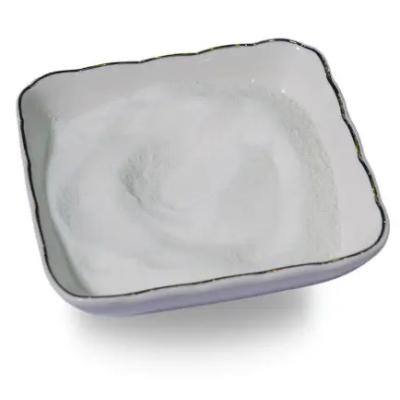
Acetyl Hexapeptide-1 CAS:448944-47-6
Acetyl Hexapeptide-1, also known as Melitane, is a synthetic peptide commonly used in skincare formulations for its potential to promote skin pigmentation and help reduce the appearance of age spots and hyperpigmentation. This key ingredient has garnered attention for its ability to enhance melanin synthesis and contribute to a more even and youthful skin tone, making it an essential component in products designed to address concerns related to uneven skin pigmentation.
-
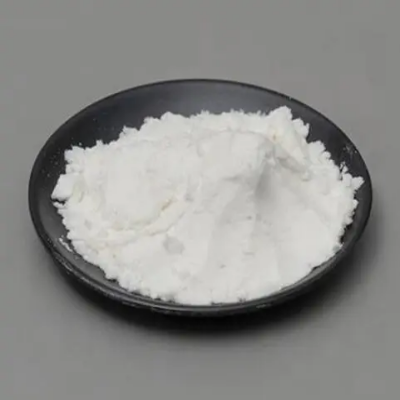
GHK-Cu(1:1) CAS:89030-95-5
GHK-Cu(1:1) is utilized in a range of skincare products, including serums, creams, and masks, designed to address signs of aging, promote skin health, and improve overall complexion. When incorporating products containing GHK-Cu(1:1) into your skincare routine, follow these general usage guidelines:
-
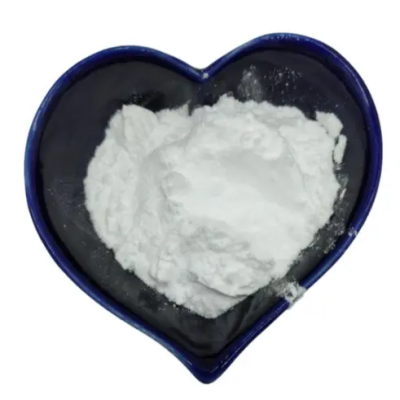
Tribenzylamine CAS:620-40-6
Tribenzylamine is a chemical compound consisting of three benzyl groups attached to an amine functional group. It finds applications in organic synthesis, specifically as a building block for the preparation of other organic compounds.
-

Ufiprazole CAS:73590-85-9
Ufiprazole is a proton pump inhibitor drug used to treat acid-related disorders such as gastroesophageal reflux disease (GERD), gastric ulcers, and duodenal ulcers. It works by blocking the enzyme in the stomach that produces acid, reducing the amount of acid produced and helping to relieve symptoms associated with excessive acid production. Ufiprazole is also used in combination with antibiotics to treat Helicobacter pylori infections.
-

Sodium-t-amylate CAS:14593-46-5
Sodium-t-amylate is a chemical compound that belongs to the class of alkoxides. It consists of a sodium cation bonded to a t-amylate anion. This compound is commonly used as a strong base and catalyst in various organic reactions.
-
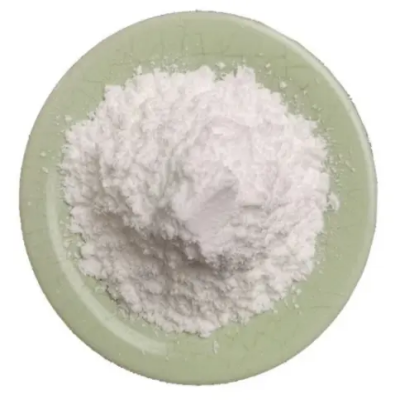
N-Methylbenzylamine CAS:103-67-3
N-Methylbenzylamine is a chemical compound that belongs to the class of organic compounds known as phenylmethylamines. It consists of a benzene ring attached to an amine group with a methyl group. This compound is widely used in organic synthesis as a building block for producing other chemicals.
-
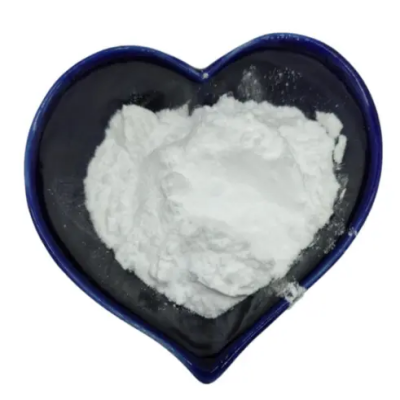
M-Toluic acid CAS:99-04-7
M-Toluic acid, also known as 3-methylbenzoic acid, is a chemical compound that belongs to the class of aromatic carboxylic acids. It consists of a toluene ring with a carboxyl group attached at the meta position. This compound is commonly used in organic synthesis and serves as a starting material for the production of other chemicals.
-

4,7-Dichloroquinoline CAS:86-98-6
4,7-Dichloroquinoline, with the chemical formula C9H5Cl2N, is a chlorinated heterocyclic compound used in various chemical and industrial applications. It is commonly employed as a key building block in organic synthesis due to its unique properties and reactivity.

